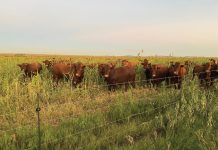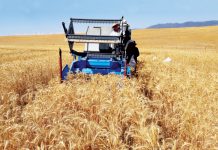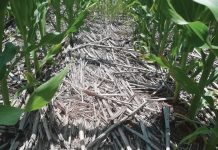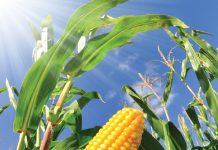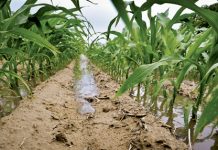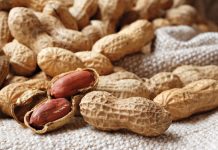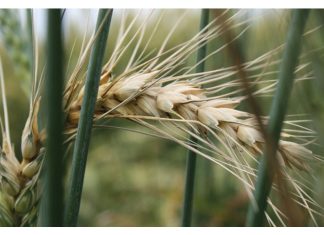
den Berg,
Unit for Environmental Sciences and Manage-ment, North-West Uni-versity, Potchefstroom
 Prof Stefan Siebert,
Prof Stefan Siebert, Unit for Environmental Sciences and Manage-ment, North-West Uni-versity, Potchefstroom
 Nadine Schutte,
Nadine Schutte, Unit for Environmental Sciences and Manage-ment, North-West Uni-versity, Potchefstroom
Insects are an extremely diverse and abundant group of organisms. They are particularly important – having an impact on the lives of human beings as well as on the functioning of natural ecosystems. They provide various ecosystem services that are of great economic importance, with pollination being the most eminent of these.
It is estimated that 35% of the food we eat daily relies in some way on pollination services. It is, however, not only in crop production where they play an important role, but also to sustain wild plant diversity and even to pollinate garden flowers and fruit trees during spring.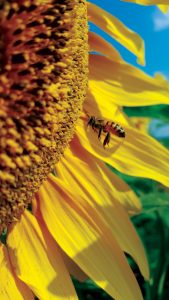
Pollination is vital at both an economic and environmental level, since it aids the production of food and sustains the environment by ensuring the successful reproduction and survival of many plant species. The most significant pollinator species are from the insect order Hymenoptera, which consists of bees, wasps and ants. There are more than 20 000 bee species in the world and approximately 2 700 species in sub-Saharan Africa. Of these, about 900 species occur in South Africa. Honey bees (Apis mellifera) are the most important species for crop pollination worldwide, but they are not very effective pollinators on a per flower visit basis. A high abundance and diversity of wild bees could have positive impacts on pollination in the wild and may also improve the yields of certain crops.
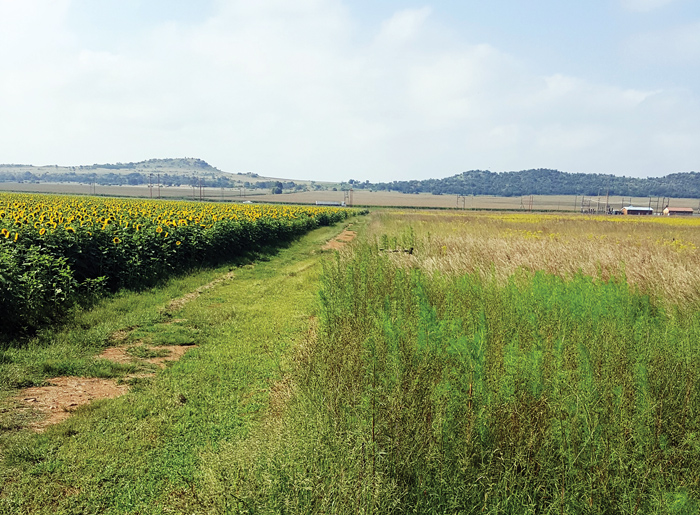
The pollination efficiency of bees increases when there is a high diversity (many different species) and abundance (high numbers) of feral bees in an area, due to the interaction between different bee species during the process of nectar and pollen collection. The interaction seems to modify honey bee behaviour and increase their pollination efficiency. This is ascribed to the fact that wild/feral bees seem to irritate honey bees, causing them to spend less time per flower on a per visit basis and therefore pollinate more flowers. This is a good example of a positive relationship between pollination services and pollinator diversity. Research has shown that these behavioural interactions between honey bees and wild bees increased the pollination efficiency of sunflowers by almost 50%.
Another study even reported that honey bees in sunflower fields had more sunflower pollen on their bodies when there was a high abundance of feral bees in the field. This shows a direct link between interspecific interactions and pollination efficiency. A high diversity and species richness of wild bees are therefore crucial to ensure the effective pollination of crops that are largely pollinated by managed honey bees.
A recent study on bee diversity in sunflower fields and adjacent veld in the North West Province yielded interesting results. Bee diversity in sunflower fields was found to be significantly lower than in the surrounding natural areas (margins and grasslands – Photo 1). Thus it can be assumed that honey bees within sunflower fields are not pollinating as effectively as they should be, because of the lack of wild bees promoting interspecific interactions. Graph 1 shows the relationship of honey bees to wild bees for the three study zones. There were also more different species of bees adjacent to sunflower fields and in grass lands than inside sunflower fields.
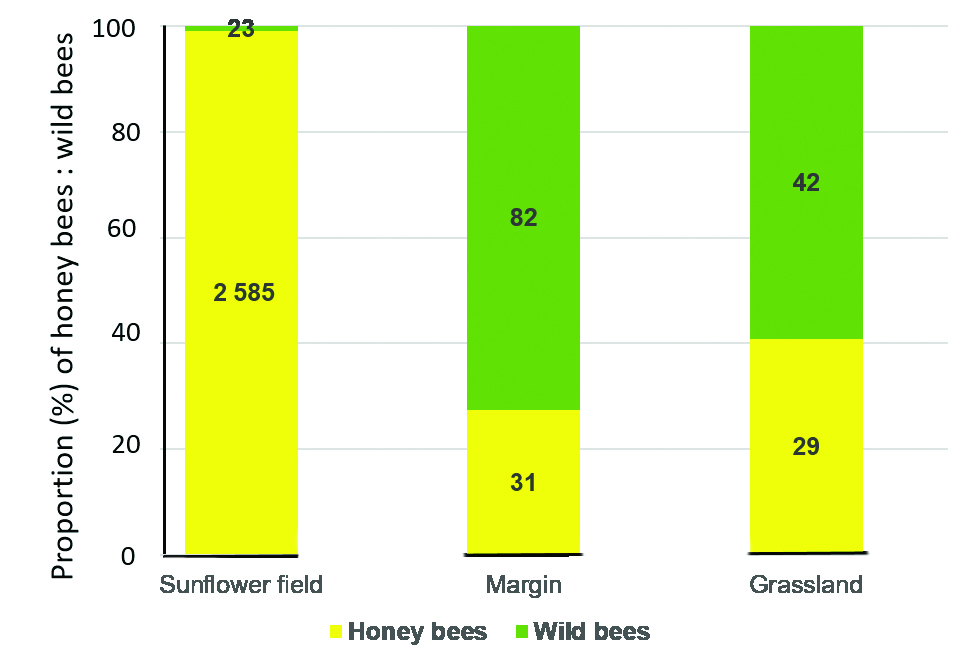
Studies elsewhere in the world reported that these indirect contributions caused by interspecific interactions were five times more important than the direct contributions that wild bees make to sunflower pollination. This indicates the significant indirect economic impact that wild bee species have in terms of pollination services provided by honey bees.
A study conducted on sunflower pollination by honey bees showed that bee foraging commenced soon after sunrise and peaked at 10:00, after which it declined during the hottest time of day – from 11:00 to 15:00 (Du Toit & Holm, 1992). The numbers of bees in sunflower fields increased again during the two hours before sunset. The authors also indicated that examination of returning honey bees showed that they largely foraged for pollen until 09:00, while nectar foraging prevailed thereafter. Cross-pollination efficiency of honey bee foragers was good, since more than 50% of foraging bees landed on the outer ring of florets and then moved to the inner ring where fresh pollen was available, before flying to the next head.
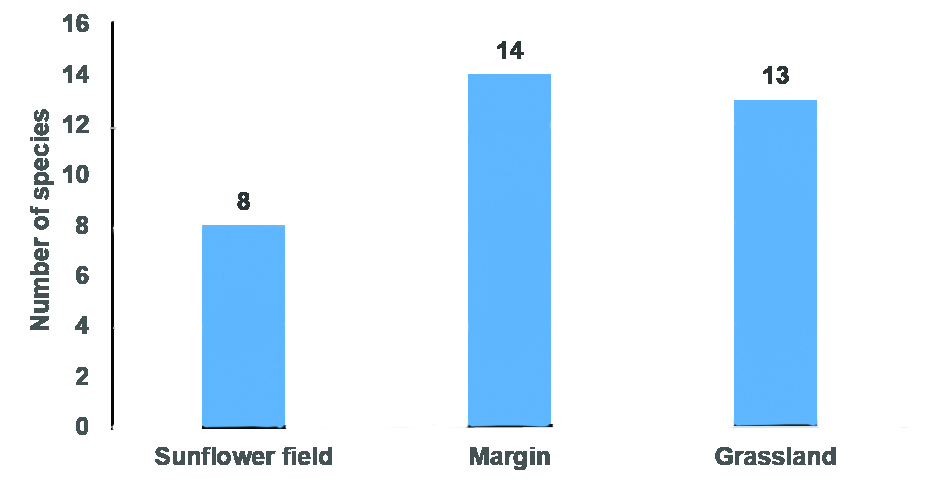
It is especially during the early-flowering and late-flowering periods on a particular field that the numbers of honey bees are very low (Graph 3). Foraging activity of bees is correlated with the successive flowering or the ageing of capitula. Although individual sunflower heads flower for only between six and eight days, the flowering of an entire field may take place over a period of between 14 to 17 days. Graph 3 indicates that there are very low numbers of honey bees inside fields during the periods between the onset of flowering and 10% flowering, and again a rapid decrease in bee presence in fields after the crop reached 90% flowering.
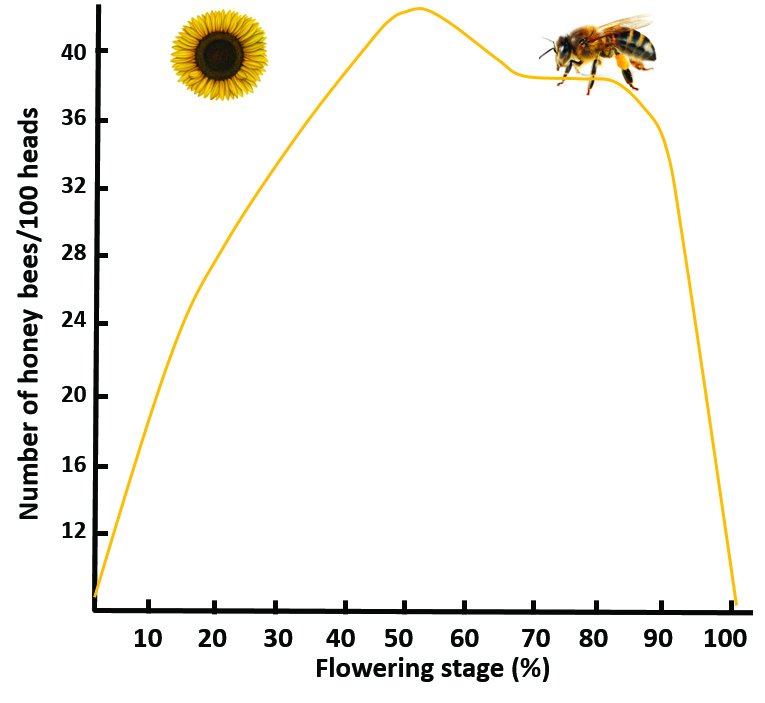
Among the different groups of bees there are a variety of survival strategies. Most are solitary, many are semi-social and some are eusocial. Much more research on pollination ecosystem services and conservation of wild pollinators and their habitats adjacent to crop fields are needed. The emphasis on managed honey bees for pollination of certain crops is ascribed to their high efficiency and convenience in intensive agricultural systems, where cropping areas are large and little or no natural vegetation is present in the landscape. Honey bees are particularly effective pollinators in crops that flower for only a short time period and where there is a high level of flowering synchrony within a crop field. It would therefore be unwise to rely only on wild pollinators for this ecosystem service, since it presents risks to producers in these intensive agricultural landscapes. It is, however, important to note that diverse pollinator communities provide better pollination services to crops.
Promotion of wild bee diversity
The diversity of wild bees within farmlands and even gardens is important, because they also contribute to pollination of wild plants, fruit trees, etc. For example, indigenous flower patches in mango orchards and weeds in sunflower fields have been reported to increase pollinator richness, which in turn improved crop productivity. Promoting within farmland biodiversity appears to provide practical cost-effective management options for increasing pollination services. Flowering weeds within sunflower fields during the period when the crop flowers, may therefore not be such a bad idea. This may also prevent Nysius bugs from infesting flowering sunflower heads, since these bugs also prefer to feed on weed flowers and developing seeds of weed species.
There are, of course, also ways in which to attract solitary and stingless bees into gardens and to make breeding stations for these wild bees. Many bee species can be easily attracted to breed in holes in hollow-stem reeds or wood which are then hung up in a garden. These bee hotels may be just what your garden needs (Photo 2).
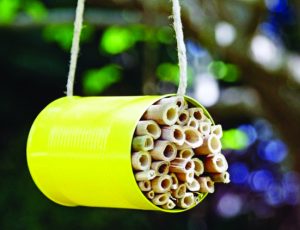
Future studies should investigate why wild bees are not likely to enter sunflower fields. By identifying and understanding these barriers, it is hoped that wild bee diversity can be enhanced in cropping systems.
How can we save our bees?
Bee diversity is influenced by a wide range of factors, such as climate, diversity of flowering plants and also farming activities. It is important to be aware of the possible effects that crop protection products may have on wild and honey bee populations, when pesticides are applied.
- Consult pesticide labels as the instructions provided on these should be followed and drift of sprays and dusts to non-target areas must be prevented.
- Genuine products with known impacts should be used, since counterfeit and illegal products have unknown impacts and could potentially harm humans, animals and the environment.
- Spray only when necessary and keep integrated pest management principles in mind.
- Minimise distribution of dust from treated seed by carefully pouring it out of bags, disposing of seed bags and unused seed properly, and regularly cleaning seed equipment.
- In cases where planting machines are utilised, minimise dust production and ensure they are regularly cleaned.
- Avoid spraying when bees are foraging and plants are flowering.
- Apply flower power by protecting pollinator habitats. Diverse natural veld hosts wild plants that provide a constant source of nectar and pollen that sustain wild bees.
- Inform local beekeepers when you are going to apply crop protection products in areas where bee hives can be moved or otherwise protected.
References:
- CropLife Africa Middle East. Pollinator Protection Vital to Crop Production (pamphlet).
- Du Toit, AP & Holm, E. 1992. Pollination activity and behaviour of honey bees (Apis mellifera L.) in commercial sunflower in the Transvaal. S. Afr. J. Plant Soil 9: 168-172.



